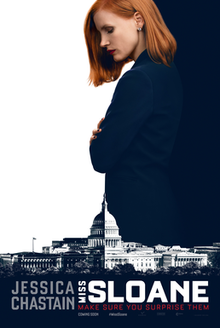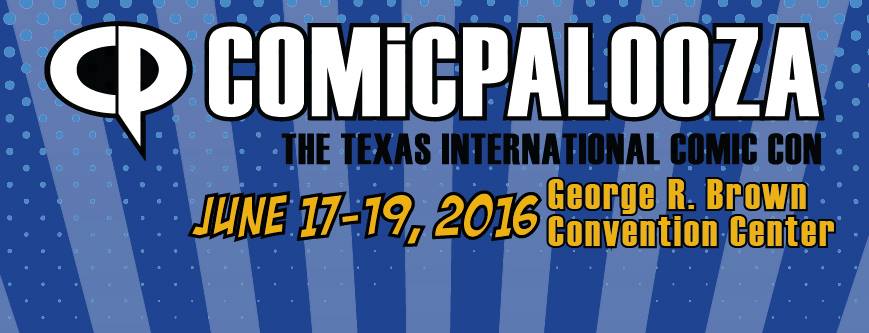WARNING: This post contains MAJOR SPOILERS for
Batman v Superman: Dawn of Justice. If you haven't seen this movie yet, please check back after you've seen it.
The reviews for
Batman v Superman have ranged from tepid approval to total evisceration. Fans of these iconic characters have expressed their disappointment and frustration with director Zack Snyder's latest effort, while critics of the superhero genre have viewed it as the potential death knell for the embryonic DC Comics “shared universe” franchise.
As a lifelong comic book fan, I see the film as less of an unmitigated disaster and more of a wasted opportunity. Each of the iconic characters represented in the film have formed the basis of some of the most fascinating stories in 20th Century literature, from
The Dark Night Returns and
A Death in the Family to
For the Man Who Has Everything and
Whatever Happened to the Man of Tomorrow?
However, the screenplay by Oscar-winner Chris Terrio and
Dark Knight Trilogy scribe David Goyer felt like, in the words of Save the Cat author Blake Snyder, “too much marzipan”. Their attempts to squeeze a Man of Steel sequel, a Batman/Superman clash, and the launch of the Justice League franchise gave every character involved too much to explain and too little to do.
SUPERMAN
Let's start with the Man of Steel himself. One of the multiple plot threads weaving through BvS revolves around how the world views Superman after the press links him to a massacre in Africa. When an ambitious U.S. Senator calls Superman to testify at hearings about his involvement, a bomb goes off in the hearing room. Instead of pursuing the perpetrators of these terrorist acts, Superman vacillates so much he makes Hamlet look like Rambo.
The script never gives him a clear goal to pursue until Batman shows up. Even then, the film doesn't show a good reason why he should pursue Batman over the terrorists behind the massacre and the Capitol bombing...other than the fight in the film's title. These threads get dropped so quickly, without any so-called “hero” left to pick them up.
BATMAN
On the other side of the title fight, the script gives much more weight to Batman's character, especially as the bitter, angry, older Bruce Wayne. The script gives Batman a very clear goal: kill Superman before his powers lead to another 9/11, I mean Battle of Metropolis. The audience can understand his motivations, even if his “one percent chance” speech may sound reactionary to some viewers.
The downside comes when, during the much-hyped title fight, Batman switches from foe to friend for what appears to be the most spurious of reasons: the mothers of both heroes share the same first name. This startling revelation suddenly causes Batman to drop his entire line of reasoning throughout the film, leaving audiences confused and frustrated.
LEX LUTHOR
Speaking of inconsistent characters, the characterization of Lex Luthor can't seem to make up its mind. Is he a young techno-nerd who craves attention, like Mark Zuckerberg? A frustrated genius, like Elon Musk? A megalomaniac with daddy issues, like Donald Trump? Or is he just a complete nutcase, like the Joker?
He rambles on about God, Man and the Devil, but he also has no clear motivation to go after Superman. The only reason he wants to destroy Batman is that Batman stole a kryptonite meteor Lex wanted to use to kill Superman. In some ways, the script would make more sense if Bruce and Lex pooled their resources to destroy Superman.
WONDER WOMAN
When screenwriting teachers (such as Your Humble Author) complain about deus ex machina, the Wonder Woman storyline in this film should be Exhibit A. The film shows her as, almost in the literal sense of the term, a goddess from a machine. She shows up to cause trouble for Bruce Wayne, then to save Batman's bacon in the Act III fight with the Doomsday monster. The script gives us no reason as to why she's here or why she's helping these two sides of beef.
LOIS LANE
The most thankless tasks in this film fall to the Lois Lane character. The script shows her as the cliched love interest, the damsel in distress, and the exposition fairy all rolled into one. Her primary role (as in the comics in days of old) seems to be to get put in danger and act as bait for Superman. Her storyline involves an investigation into weapons used to frame Superman for the African massacre, but the script gives it such short shrift that no one either remembers or cares halfway through the film.
JUSTICE LEAGUE
The film also attempts to launch a Justice League franchise by introducing other characters for upcoming films in the most awkward methods possible. The less said about that bit of expositional shoehorning, the better. The “Knightmare” dream sequence and the appearance of a red-clad super-speedster in the Batcave also distract viewers from the core story.
WHO'S TO BLAME?
To be fair, my opinions are based on how the film played out in the theater, not on any draft of Terrio's and Goyer's script. The degree to which the script is to blame for the film's numerous problems, as opposed to decisions by Snyder, DC, or Warner Bros., may be impossible to determine until a draft of the script is made available. With so many characters, so many objectives, and so many threads to knit together, the unraveling of the final product may have been inevitable, regardless of the quality of the script.
WHAT WE'VE LEARNED
The old saying goes, “You can make a bad movie out of a good script, but you can't make a good movie out of a bad script.” Some directors and producers have been known to pursue their “vision” of a script, turning a promising story into an incomprehensible clusterbomb. (I say this from personal experience.) However, these horror stories should not dissuade screenwriters from developing fully-functioning characters, creating clear storylines, and delivering an emotional impact with every line.
COMICPALOOZA 2016
I will be giving my presentation, “Turn Your Story Into A Screenplay,” at the
Comicpalooza Sci-Fi convention in Houston. The presentation will start at 5:30pm on Saturday, June 18, at the George R. Brown Convention Center.
I will also be speaking on other panels during the convention, so check out our
Facebook page or the Comicpalooza page for schedule information.
A short film I wrote will also be screening at Comicpalooza. “
We Are All Made of Stars” tells the story of how young love and time travel make for a combustible mix. Screening dates and times are yet to be announced, so check back with us in the coming weeks.
TURN YOUR STORY INTO A SCREENPLAY
Whether you want to write your own superhero epic, or if you feel the need to see your own personal story on a big screen, the first step lies in creating a dynamic screenplay. Story Into Screenplay offers coverage reports, writing seminars, and one-on-one script consulting services.
To learn more about how Story Into Screenplay can help you with your script, Like us on Facebook or email us at storyintoscreenplayblog(at)gmail(dot)com.











